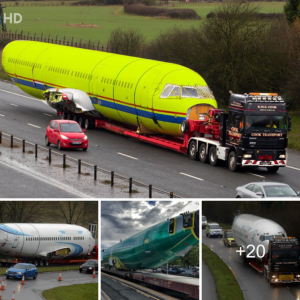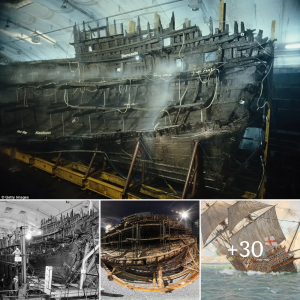A metal detecting club in Leicestershire, England, has made a remarkable discovery: a 1,700-year-old lead coffin believed to contain the remains of a Roman child. The Digging Up The Past Metal Detecting Club made the find in a field about two miles from a known Roman settlement and fort near Hinckley.


Chris Wright, a 30-year-old surveyor and member of the club, discovered the coffin after receiving a signal from his metal detector. Initially uncertain whether to investigate further, Wright’s curiosity led him to dig deeper, revealing the lead coffin about four feet underground.
“I cannot describe how it feels to find something like this. You spend hours walking around fields, sometimes with little reward, and then you find something like this,” Wright said. “It makes all the hours worthwhile.”
The coffin, thought to belong to a wealthy Roman family, would have been a significant expenditure in the third century AD, estimated to be equivalent to £200,000 today. The lead coffin’s construction and the east-west alignment suggest it might be one of the earliest examples of a Christian burial in the region.

David Hutchings, founder of the metal detecting club, noted, “It’s probably one of the earliest Christian burials in the county.”
Upon discovering the coffin, the club members contacted the police, who then alerted the Leicestershire County Council. Archaeologists were dispatched to the site to ensure the coffin was handled with the utmost respect and security. The site was also guarded to prevent looting.
Wendy Scott, Leicestershire County Council’s finds liaison officer, emphasized the importance of treating the find with dignity. “We have to remember this is human remains – it is a child’s body – and the best procedure is to leave it alone and rest in the position it is in or rebury it,” she stated.

The coffin has been removed from the site and is currently kept in a secure location. An initial examination of the remains will be conducted by Archaeology Warwickshire under laboratory conditions to glean insights into Roman period life, health, and death.
Local rector Linda Blay was invited to the scene and plans to say prayers over the coffin. “When I heard about what was found, I thought it was a good discovery. As it was a Christian burial in the first place, I thought it only right Christian prayers be said,” Blay commented.


The discovery has been described by archaeologists as a unique and significant find, offering a rare glimpse into Roman Britain’s history and burial practices. The exact details of what will happen to the coffin and its contents are yet to be determined, but the focus remains on preserving the historical integrity and respecting the human remains.





